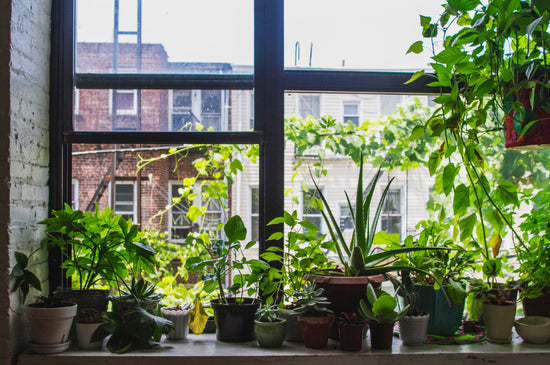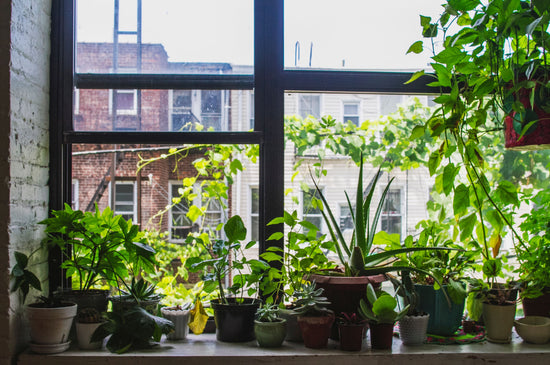Houseplant Lighting: Finding the Perfect Spot for Your Plants
Lighting plays a crucial role in the health and growth of your houseplants. Whether you have a sunny living room or a cozy nook with limited natural light, understanding the lighting needs of your plants ensures they thrive. Explore the Houseplants Collection at Wekiva Foliage for a variety of indoor plants that suit your space.
Types of Lighting for Houseplants
1. Bright, Direct Light
Bright, direct light refers to sunlight that streams through a window and directly hits the plants. Many tropical plants thrive in this condition.
- Best Plants: Snake plant, peace lily, and philodendron.
- Tips: Place these plants near south- or west-facing windows to maximize sunlight exposure.
2. Bright, Indirect Light
Bright, indirect light means sunlight is diffused before reaching the plant, creating a softer glow.
- Best Plants: Satin Pothos, Spider Plant.
- Tips: Use sheer curtains or place plants a few feet away from sunny windows.
3. Low Light
Low light conditions occur in spaces far from windows or in rooms with limited natural light.
- Best Plants: ZZ Plant, pothos, and devil’s ivy.
- Tips: Rotate your plants occasionally to ensure even light distribution.
4. Artificial Light
For rooms with no natural light, artificial grow lights can provide the necessary spectrum for healthy plant growth.
- Best Plants: Christmas cactus, indoor planters with mixed houseplants.
- Tips: Use LED grow lights and place them close to plants for maximum benefit.
Signs Your Houseplants Need More or Less Light
-
Too Much Light:
- Leaves appear scorched or faded.
- Plants wilt despite proper watering.
-
Too Little Light:
- Slow growth and leggy stems.
- Leaves turn yellow or drop prematurely.
Arranging Your Plants Based on Lighting Needs
- Bright, Sunny Rooms: Place peace lilies or philodendrons near windows that receive direct light.
- Shaded Corners: Add low-light champions like the zanzibar gem plant or zamioculcas plant.
- Shelves and Indoor Planters: Use hanging plants like pothos epipremnum or spider plant chlorophytum comosum to fill vertical space.
Common FAQs About Houseplant Lighting
Q: How do I know if my plant is getting enough light?
A: Monitor growth and leaf health. Yellowing leaves or slow growth often indicate insufficient light.
Q: Can I use regular household lights for plants?
A: Regular lights may not provide the full spectrum needed for photosynthesis. Invest in grow lights for optimal results.
Q: Which houseplants thrive in low light?
A: ZZ Plant, pothos, and spider plants are excellent choices for low-light areas.
Q: How long should I keep grow lights on?
A: Most houseplants require 12-16 hours of light per day when using artificial lighting.
Q: Can I place plants in north-facing windows?
A: Yes, but choose low-light tolerant plants like the spider plant or peace lily for best results.
Conclusion
Understanding your houseplant’s lighting needs is essential for healthy, vibrant growth. With options ranging from bright, indirect light to artificial solutions, you can create a nurturing environment for any plant. Explore the Houseplants Collection to find plants that perfectly match your home’s lighting conditions.





